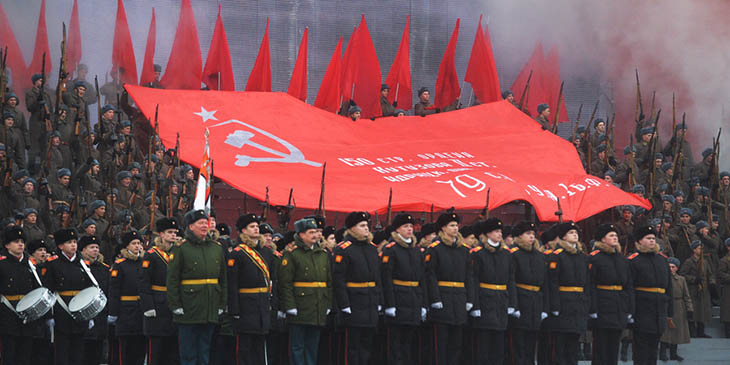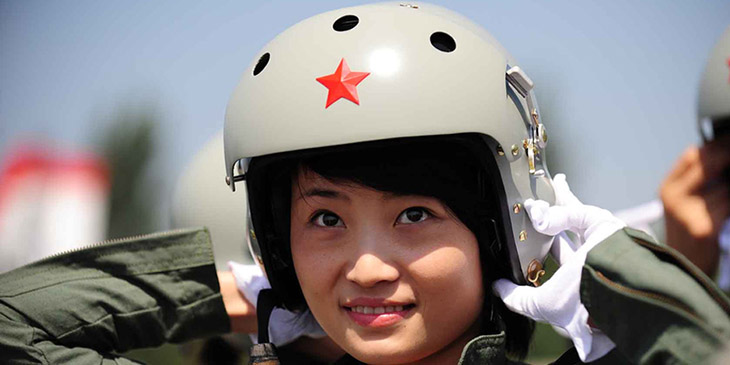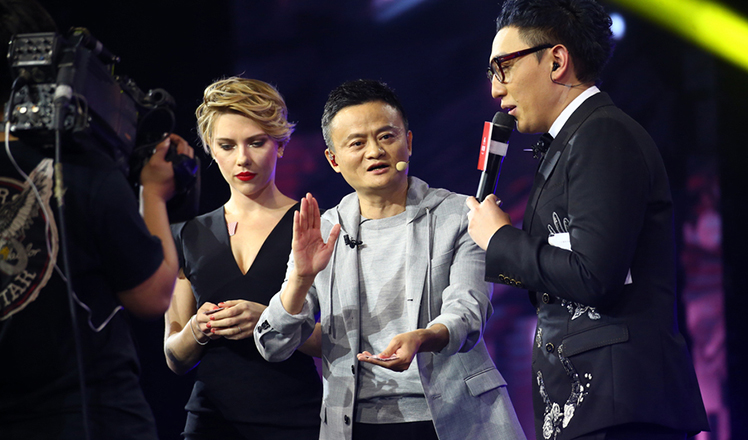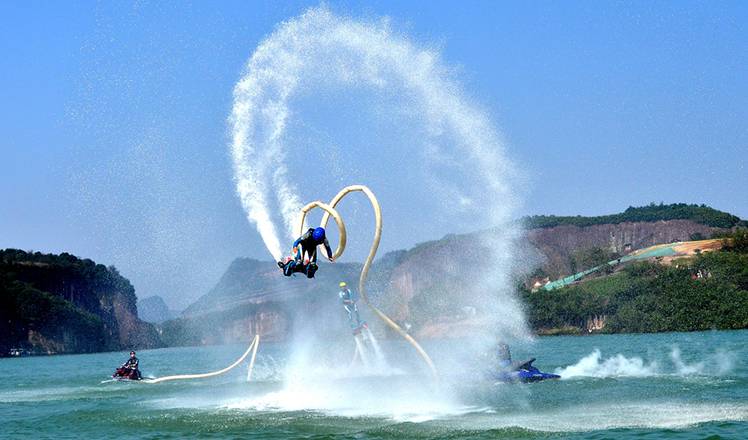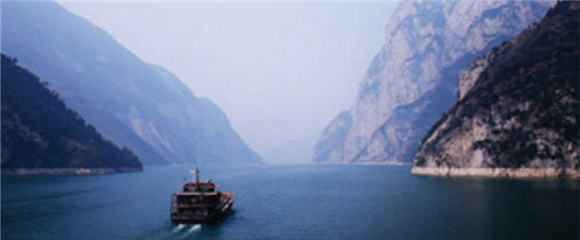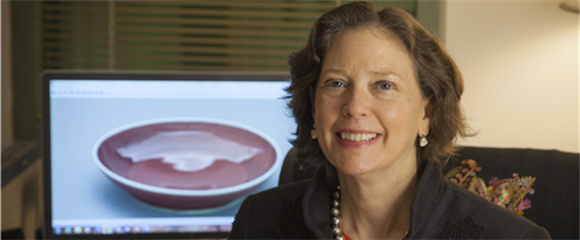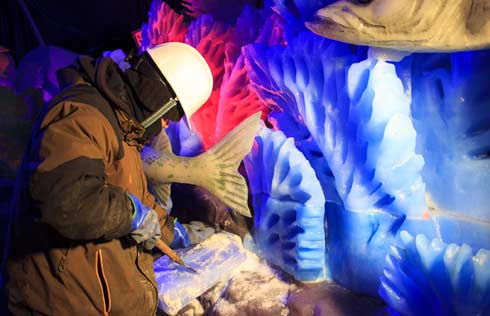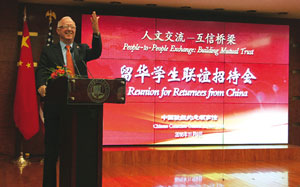Phelps puts spotlight on cupping
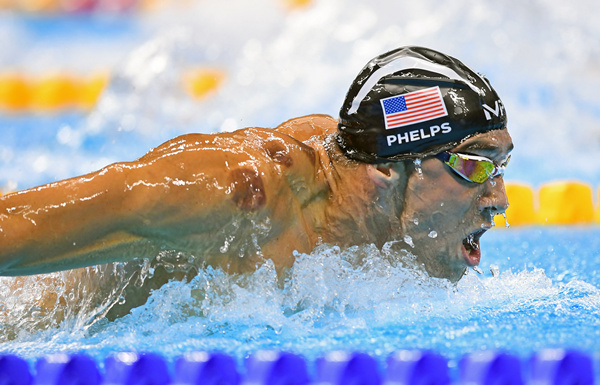 |
|
The swimmer Michael Phelps sported deep-purple circles on his shoulder in the 200-meter butterfly semi-final in Rio de Janeiro, August 8, 2016. [Photo/Xinhua] |
Olympic gold medalist Michael Phelps led American swimmers to a gold medal in the 4x100-meter relay, but what grabbed media attention and led to stories and photos around the globe were the purple and red circles on his back.
They were caused by the ancient Chinese healing treatment "cupping".
Brent Bauer, director of the Mayo Clinic Complementary and Integrative Medicine Program, said on Tuesday that he had received dozens of media requests since the prime-time showing on Sunday night of Phelps' cupping marks.
Yun Li, a licensed acupuncturist in New York, said that her clinic Asia Tui-Na NY had received many calls about cupping from potential clients. "We even had patients come in just for cupping. I treat via acupuncture mostly, but there are clients who said, 'Oh I want to just try cupping.'"
Shaobai Wang, a Chinese herbal specialist and an acupuncturist who owns two clinics in New York, said that many clients asked him about cupping after Phelps' exposure, primarily to get information on how cupping works.
"In terms of sports injuries - especially muscular ones - the best choice is cupping. It is the best choice because it is simple, effective, and easy to do without any side effects if utilized correctly. That is why in this Olympic games there are so many athletes with cupping marks," he said.
Feng Ping, a traditional Chinese medicine (TCM) doctor who has been practicing in New York for 20 years, said she had clients who talked to her on Tuesday about Phelps' cupping treatment. "Fifteen years ago, clients didn't believe [in cupping] and who would say 'next time' when [I recommended] cupping and acupuncture. Now people would like to try it. Now people know about it," Feng said.
Julie Ji, a Chinese medical practitioner and a member of the British Acupuncture Council, said that the media attention on Phelps' cupping marks was similar to people's reactions when American actress Gwyneth Paltrow showed up at a movie premiere in 2004 with the same marks on her back. Besides Paltrow, celebrities Jennifer Aniston, Jessica Simpson and others have been spotted with the marks in previous years.
Chinese Olympic athletes have also shown the same marks, she said, adding, "Perhaps Michael Phelps is learning a trick or two from the Chinese swimmers in 2008."
Cupping, a form of acupuncture, is done by lighting flammable liquid in a glass cup. Once the flame goes out, the drop in temperature creates suction which sticks the cups to the body. The suction pulls the skin away from the body and promotes blood flow to the area, which, in turn, reduces muscle tension and inflammation, and promotes healing. But the therapy can also cause small blood vessels to burst, leaving the circular bruises seen on Phelps and other athletes, which typically last for three or four days but can last for weeks.
Does cupping work?
US gymnast Alex Naddour told USA Today that cupping was "better than any money I've spent on anything else". "That's been the secret that I have had through this year that keeps me healthy," Naddour told the newspaper, adding that it had saved him from "a lot of pain".
Dana Vollmer, a two-time medalist at the Rio games, told the Sporting News that "it helps with blood flow, it helps pull fluid or swelling out of different areas when you are able to put this cup on and move it. It works great for a lot of us. A lot of us use it."
Dr Robert Glatter, an emergency physician at New York's Lenox Hill Hospital, who is in Rio for the Olympics, told CBS News, "There's no scientific evidence. There are multiple trials out there but no quality evidence."
That doesn't mean cupping is useless, he said. Cupping could work as a placebo because people think it works. "When people feel better, they may perform better," Glatter said. "But in terms of performance and power, (Phelps) already got that in the bag."
Bauer at the Mayo clinic said the attention that cupping is getting is good because it "makes people ask the right questions".
"The right question is not, 'Gee, I saw something cool on TV. I wonder if I can do that?' The better question is, 'I'm going to do some homework, cupping appears to be interesting, how does it fit into a traditional Chinese medicine practice? Is it given solo or is it part of a complicated and comprehensive care plan that involves nutrition, exercise, maybe acupuncture?' If you can get people to go back and put things in context, then we have a great discussion."
Amy He and Wang Linyan in New York contributed to this story.







